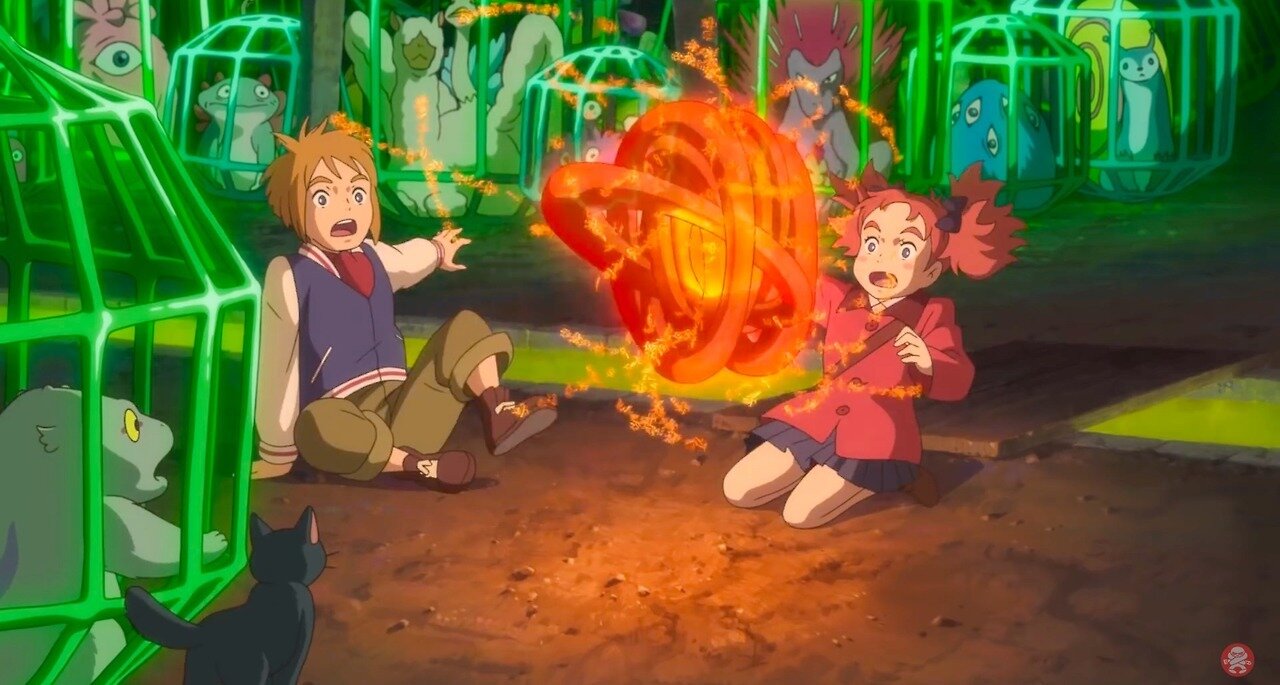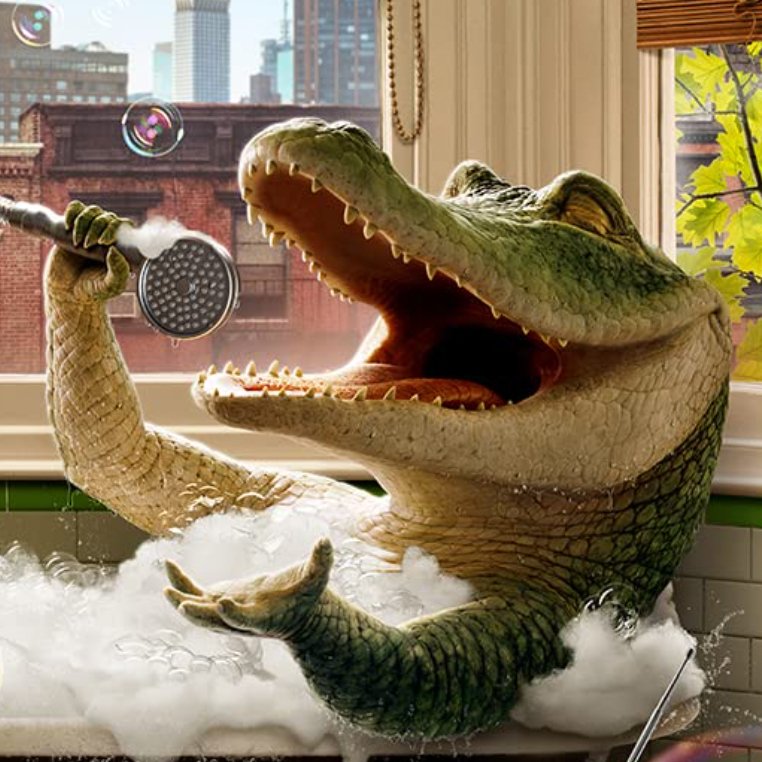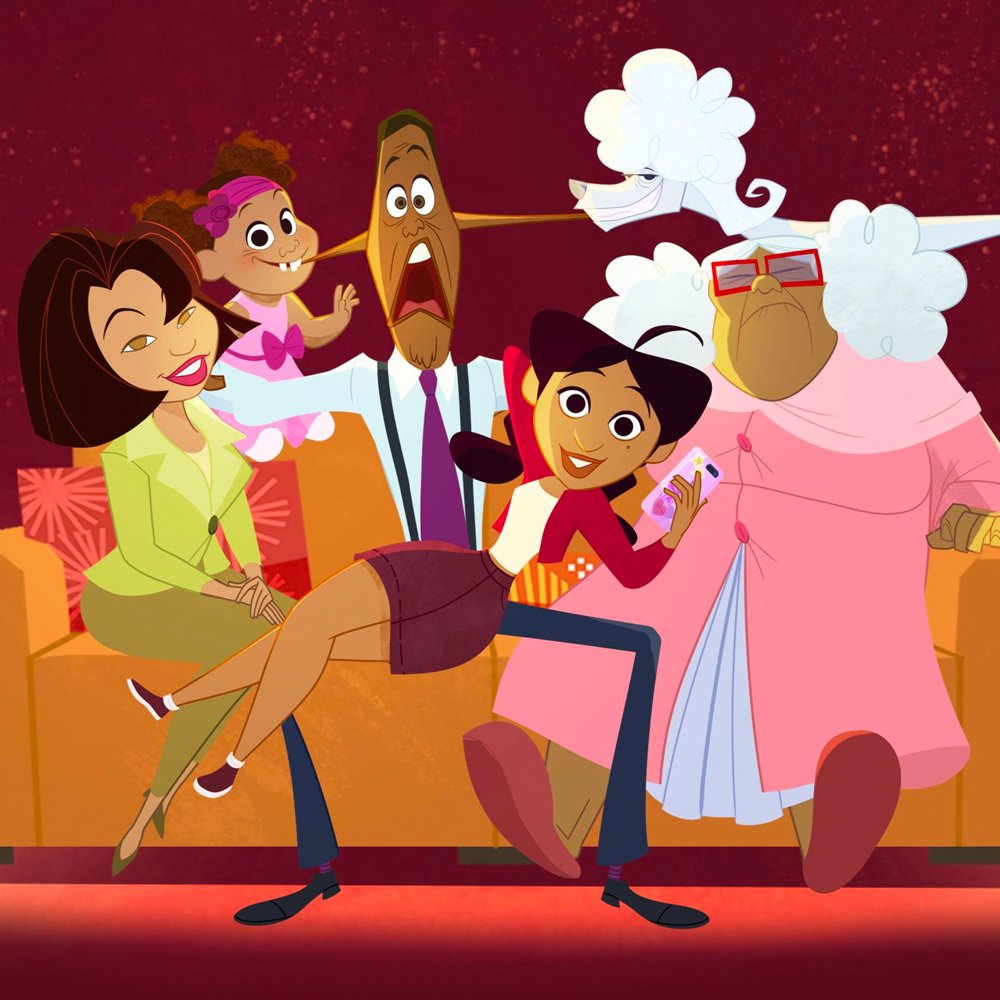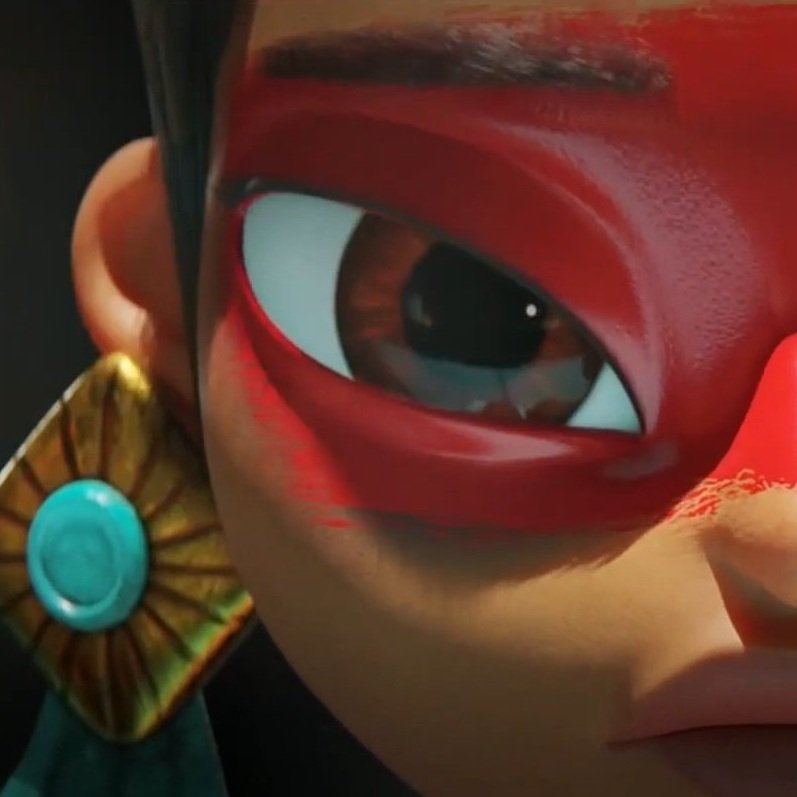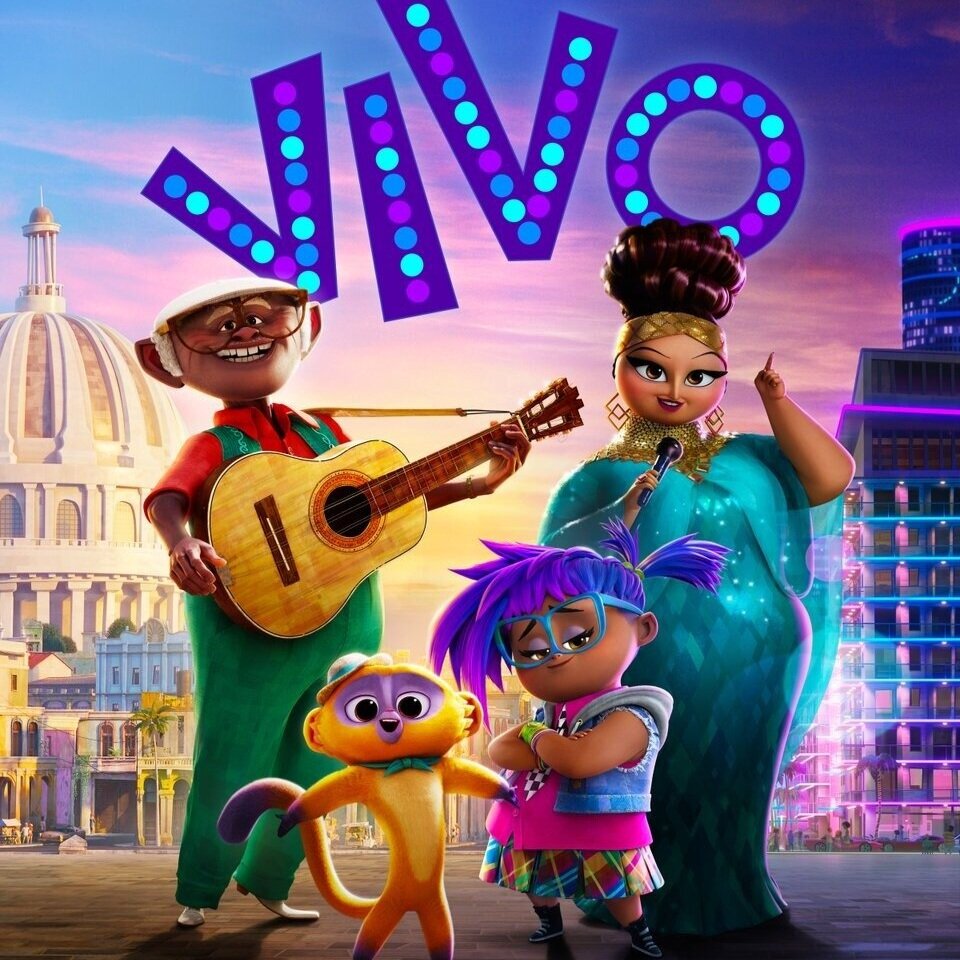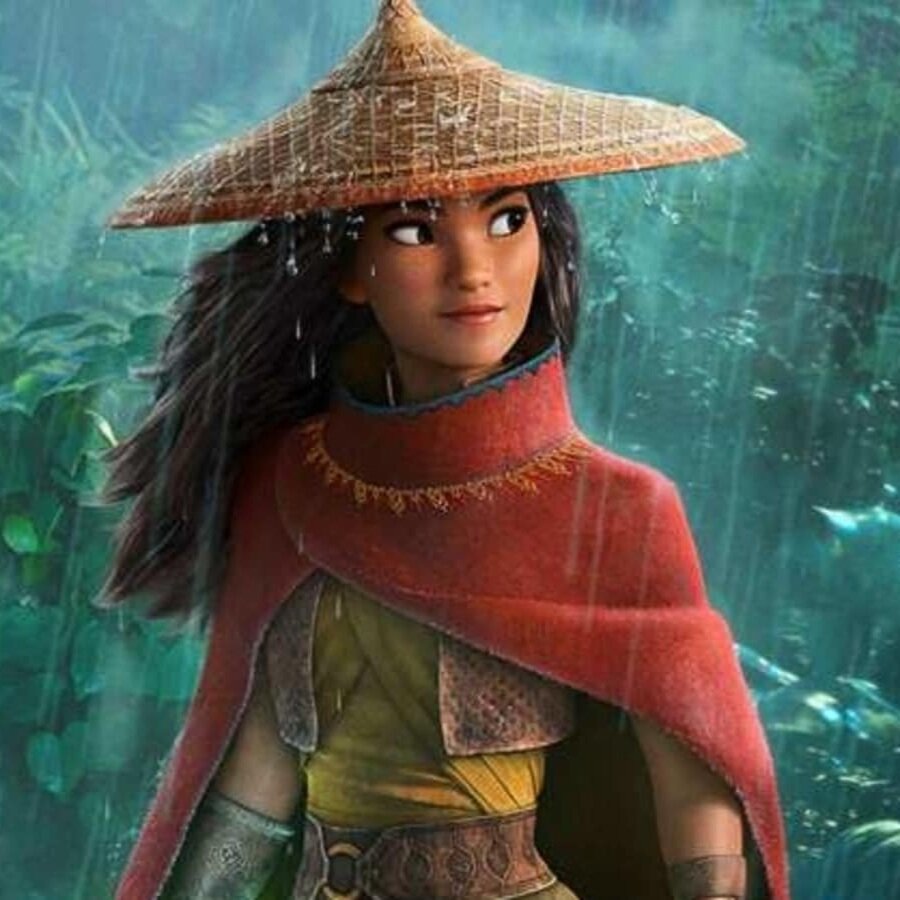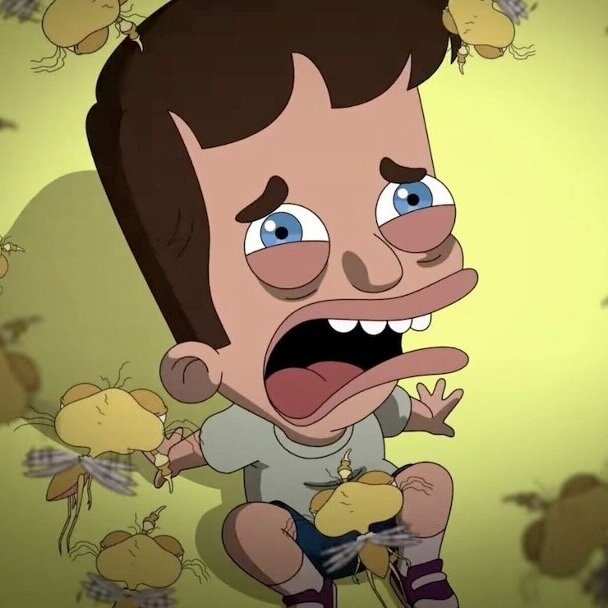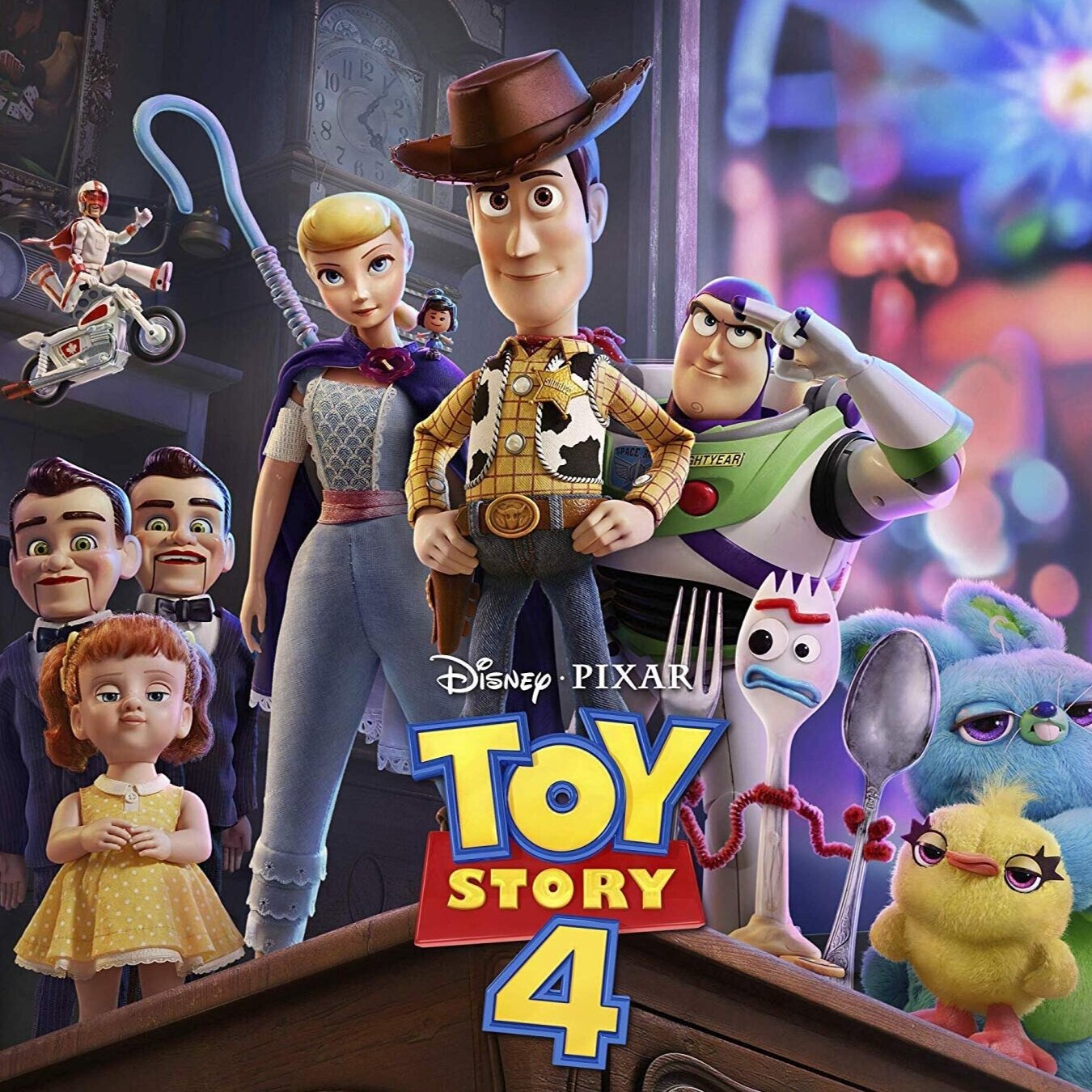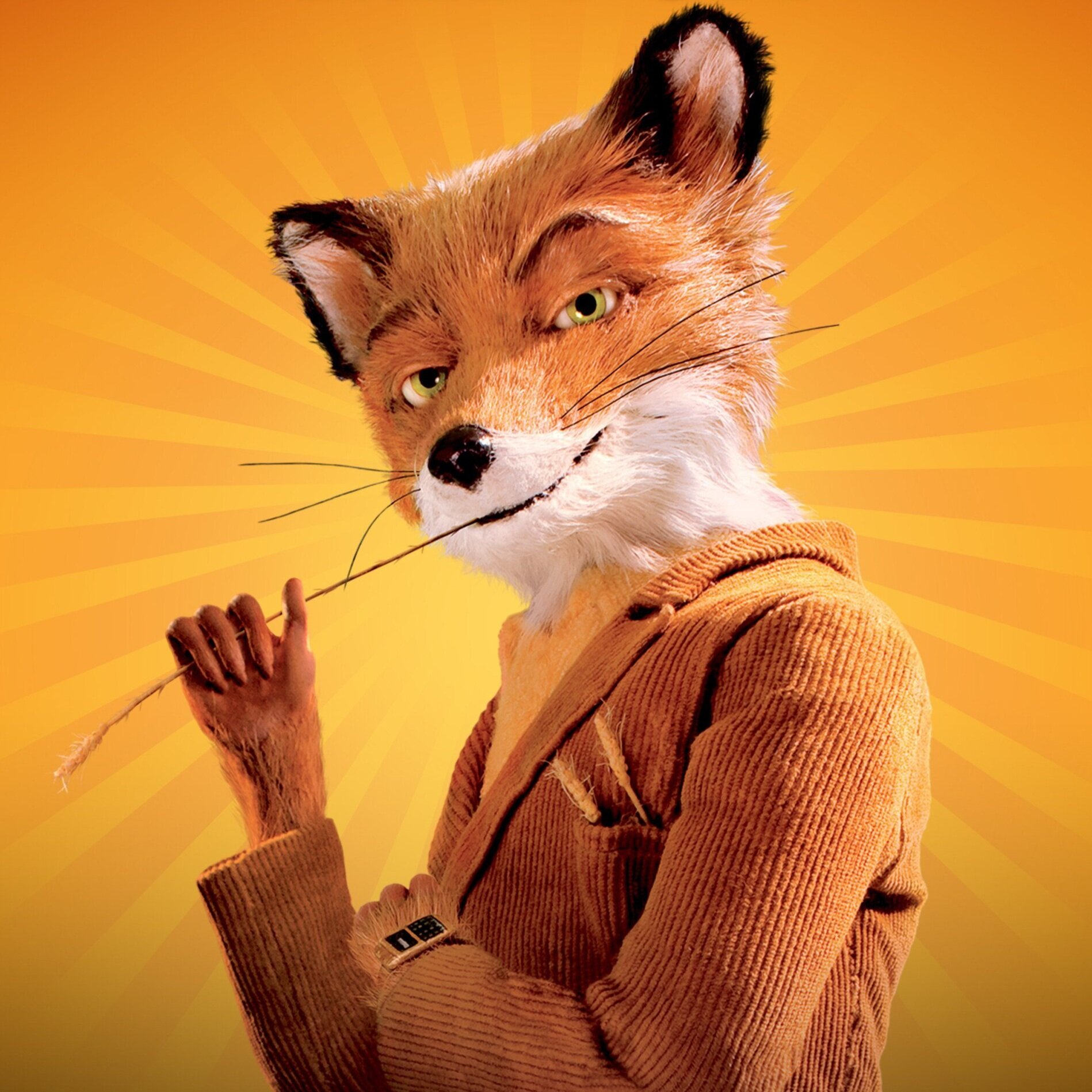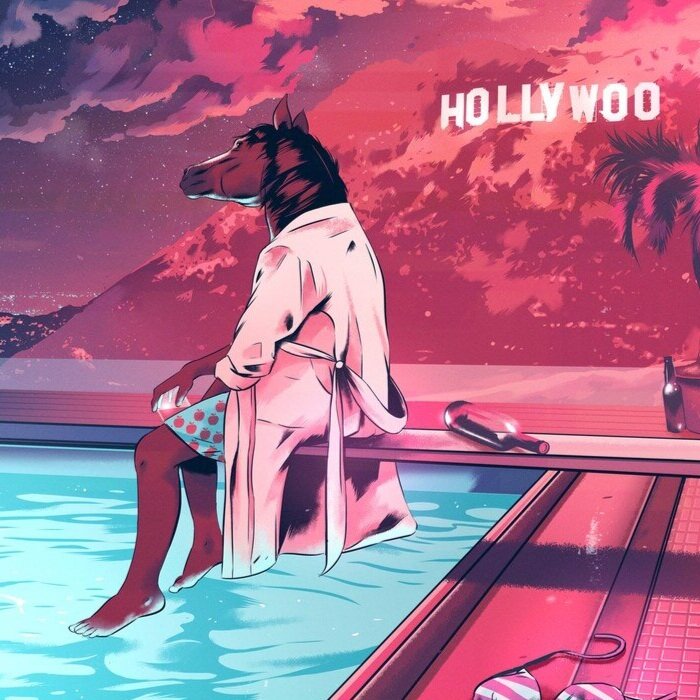Review: Mary and the Witch's Flower
Mary and the Witch’s Flower is a new film by the newly formed Studio Ghibli—I mean Studio Ponoc, my bad. For those not in the know, many talented animators from Studio Ghibli have departed to create Studio Ponoc, for which Mary and the Witch’s Flower is their debut film. As anime fans search for the next Hayao Miyazaki—the co-founder of Studio Ghibli and legendary director of films such as Spirited Away, Princess Mononoke, My Neighbor Totoro, Kiki’s Delivery Service, and Castle in the Sky—can the new studio fill in that void with their first outing?
The film follows Mary Smith, a young English girl temporarily living in the English countryside with her great-aunt, Charlotte. Her parents are working abroad for an unspecified amount of time, so she’s feeling generally anxious about making new friends and adjusting to her relatively boring new environment. One day, she follows a cat into the forest, where she finds some beautiful flowers. She picks one, and then the story begins. I’m being intentionally vague because this is a film that you should go into as blind as possible. The film’s plot isn't especially complex, but many of its twists rely on subverting viewer expectations.
In many instances, the film seems to delve into familiar tropes: the liar’s reveal, the search and rescue, and the chosen one, but ultimately, it ends up not following through on any of them. Instead, the film uses these tropes as building blocks that force Mary to act on her own volition. Many of her conflicts in the film are the result of her mistakes or actions, and she is always the one who has to fix them with her own knowledge and wits, without the aid of plot mechanics or conveniences.
Disregarding all that jargon, you don’t really need to understand how Mary and the Witch’s Flower subverts storytelling tropes to enjoy it, since the film’s focus is placed squarely on Mary’s development as a character. Ultimately, the film is about her fantastical adventure, but also her personal one. Initially, she dislikes her red hair, her clumsiness, and her life in the country. But throughout the movie, as she learns from her mistakes, she also learns to be more satisfied with who she is as a person, without the magic she thought would supposedly make her life more interesting. The supporting characters are fairly charming as well; I particularly liked Madame Mumblechook and Doctor Dee, who both run the magical school that Mary comes across. Both characters are quirky in all the right ways. Unfortunately, there were some side characters who got the shaft in terms of screen time, though. Peter, a boy who lives in Mary’s town and becomes an important part of Mary’s story, was on the bland side, and we don’t get to see enough of Aunt Charlotte, who’s just the sweetest old woman.
While the story and characters are definitely solid, what really sells the film is its presentation. That’s a given considering that a good chunk of the animators who worked on Mary and the Witch’s Flower are former Studio Ghibli staffers. But it’s also a bit scary how closely it emulates Ghibli. The simple character designs, wondrous but also somewhat ominous atmosphere, and creature and machine designs and movements resemble the earlier studio’s work. In the theater, I kept noticing visual callbacks to older films like Spirited Away, Kiki’s Delivery Service and Howl’s Moving Castle. A friend also told me it reminded her of Ghibli’s Castle in the Sky. Disregarding the similarities, there were scenes that are simply stunning in their own right. The scenes with Mary flying around on her broomstick are spectacular, and make you feel like you’re flying along with her. The magical university Mary comes across is beautifully and creatively brought to life, and the landscape shots of the English countryside are wonderful. The score also greatly enhances the experience, adding an additional sense of wonder and magic to the film.
Unfortunately, there are some issues that hold Mary and the Witch’s Flower back from being perfect. The film could have benefited from a longer running time, and possibly a bit more complexity, which might be a consequence of its being aimed to children.
While its subversions of the traditional stories mentioned earlier are fun to point out, and there are themes concerning the environment and returning to the simple life, these ideas are too bluntly stated. Simplicity isn’t inherently a bad thing, but in this case it feels like there was definitely some untapped potential for thematic and narrative exploration. It could be argued that this untapped potential is kind of the point - Mary doesn’t need magic to be happy. Still, that doesn’t help me get over my reservations with the film, and I wish the magic school and its inhabitants, particularly those less connected to Mary’s narrative, was a more prominent aspect of the film.
Mary and the Witch’s Flower might actually be held back by being too similar to a traditional Ghibli movie. Emulating the powerhouse studio’s aesthetic and general storytelling to a tee keeps the film from establishing a distinct personality, and this will ultimately lead viewers to draw comparisons between the film and Ghibli’s other, superior work. While Mary and the Witch’s Flower is a great film with many interesting mechanics, it doesn’t hold a candle to the emotional punch that is The Tale of Princess Kaguya, or the simplistic exploration of loneliness in The Red Turtle, my personal favorite Studio Ghibli films. By contrast, Mary and the Witch’s Flower just feels like another addition to the Ghibli film canon. That doesn’t mean it’s bad, and maybe Studio Ponoc will be the perfect successor to Ghibli, but it needed to do more to stand out among the pack.
If you’re looking for the next Hayao Miyazaki, Mary and the Witch’s Flower at the very least proves that Studio Ponoc is headed in the right direction. It’s charming, cleverly subversive, creative, cute, and easily watchable. Mary and the Witch’s Flower isn’t perfect, but it’s a wonderful outing for a potentially fantastic and interesting animation studio. Check it out while it’s still in theaters, or rent it when it comes out on Blu-Ray or Digital in the States.
